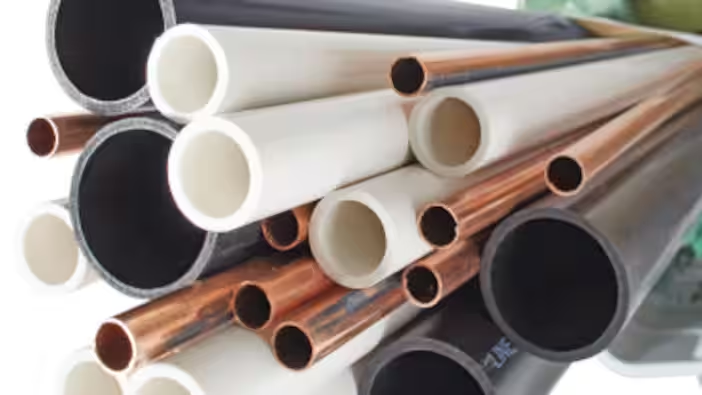Understanding Our Garden’s Irrigation System
- Andy Parker
- Nov 12
- 2 min read
The irrigation system is a vital part of our community garden and we are grateful to the Infrastructure Committee that ensures our plants receive consistent and efficient watering. The system is made up of a network of pipes, valves, and connectors—commonly known as fittings—that work together to deliver water where it’s needed.
Most of our irrigation components, including both pipes and fittings, are made from PVC (polyvinyl chloride), a durable plastic material widely used in household plumbing because it is lightweight, easy to work with, and resistant to corrosion.
There are two main ways PVC fittings connect to pipes:
Slip fittings – where the pipe is inserted into the fitting and glued together using special PVC cement.
Threaded fittings – where the pieces are screwed together.
You’ll also find hose fittings that connect hoses to spigots or other irrigation components.
While these look similar to pipe fittings, they seal differently and are not interchangeable.
Pipe fittings rely on Teflon tape or pipe dope (thread sealant) to create a watertight connection.
Hose fittings use a rubber gasket to make the seal.
Pipe fittings are often labeled with abbreviations such as MPT (Male Pipe Thread), FPT (Female Pipe Thread), or NPT (National Pipe Thread). Hose fittings, on the other hand, are identified by designations such as GHT (Garden Hose Thread).
It’s also worth noting the difference between pipes and tubing. The two terms are often used interchangeably, but they refer to different measurement standards:
Pipes are sized by their nominal inside diameter (ID). For example, a 1-inch PVC pipe has an actual inside diameter of about 1.029 inches and an outside diameter of about 1.315 inches.
Tubes, however, are sized by their outside diameter (OD). A 1-inch tube has an outside diameter of exactly 1 inch and an inside diameter slightly smaller, depending on the wall thickness.
Understanding these details can help prevent leaks, mismatched fittings, and other plumbing headaches in the garden system.
In another blog, we’ll explore the different types of valves used to control water flow in our irrigation network.
Happy watering!









Comments